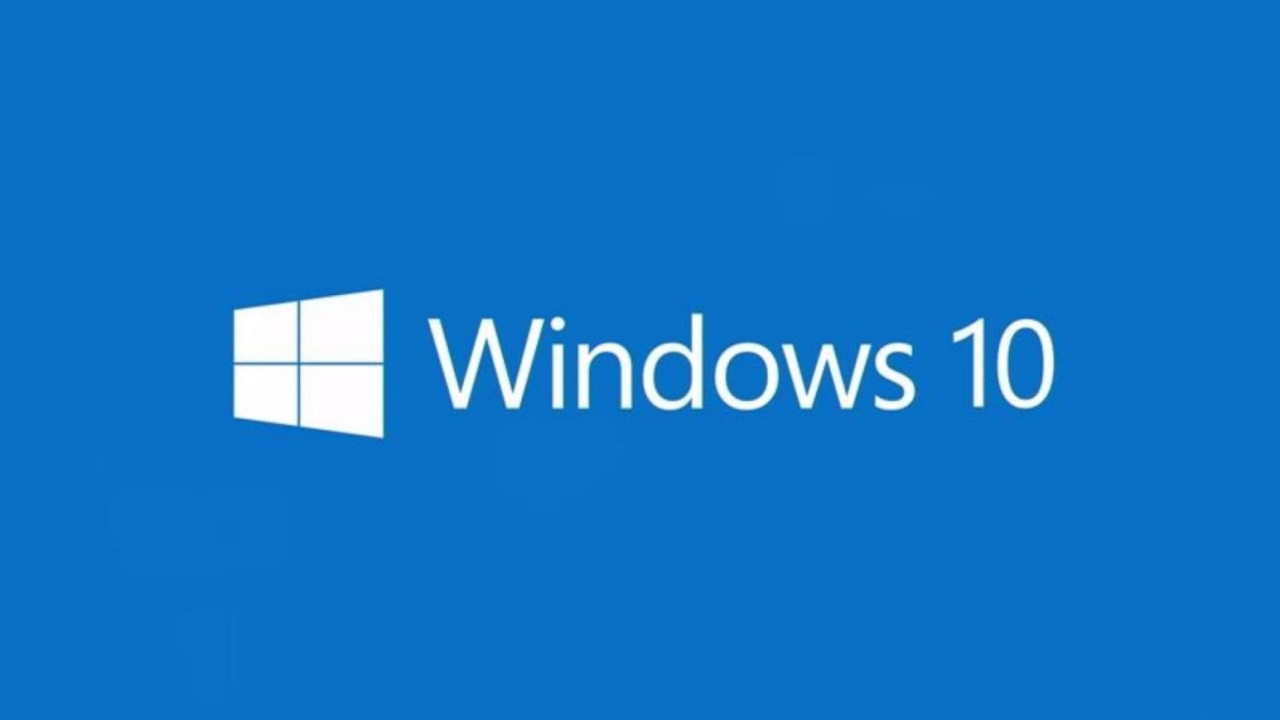Microsoft Adds DHCP Tools to RSAT for Windows 10
In today’s Ask the Admin, I take another look at Remote Server Administration Tools (RSAT) for Windows 10 and what’s changed since the initial release in August 2015.
The Remote Server Administration Tools for Windows 10 have been available since August 2015, but although not officially labeled as such, the tools seemed to be a preview, as some consoles, such as DHCP, were missing and others didn’t work as expected.
When Windows Server 2016 officially launched in October 2016, Microsoft made available the RTM version of Remote Server Administration Tools v1.2 for Windows 10 around the same time, and can be downloaded from Microsoft’s website here. Windows 10 1607 — or the Anniversary Update as it’s sometimes referred to — is equivalent to Windows Server 2016, which means RSAT v1.2 won’t run on earlier versions of Windows 10 because the tools are OS specific. Despite the dependency on Windows 10 1607, RSAT isn’t limited to managing Windows Server 2016, and, like older versions, it can be used to manage previous versions of Windows Server.
Although it’s possible to install RSAT v1.2 on Windows 10 1507 and 1511, many of the tools won’t work properly, so you have been warned. Additionally, if you upgrade from an earlier Windows 10 build to the Anniversary Update, RSAT will be removed if it was previously installed to prevent compatibility issues. And unlike in Windows 7, once the tools have been installed you don’t need to manually enable them.
But that’s not all. DHCP management is now included in the package, as well as Routing and Remote Access, which for some reason weren’t included in the preview version of the tools. The Hyper-V management console is not included in RSAT anymore because Hyper-V is an integrated component of Windows 10, so the management console can be installed using the Turn Windows features on or off option in the Control Panel or using Windows PowerShell.
For more information about installing the Remote Server Administration Tools, see Installing Remote Server Administration Tools on Windows 10 on the Petri IT Knowledgebase.




